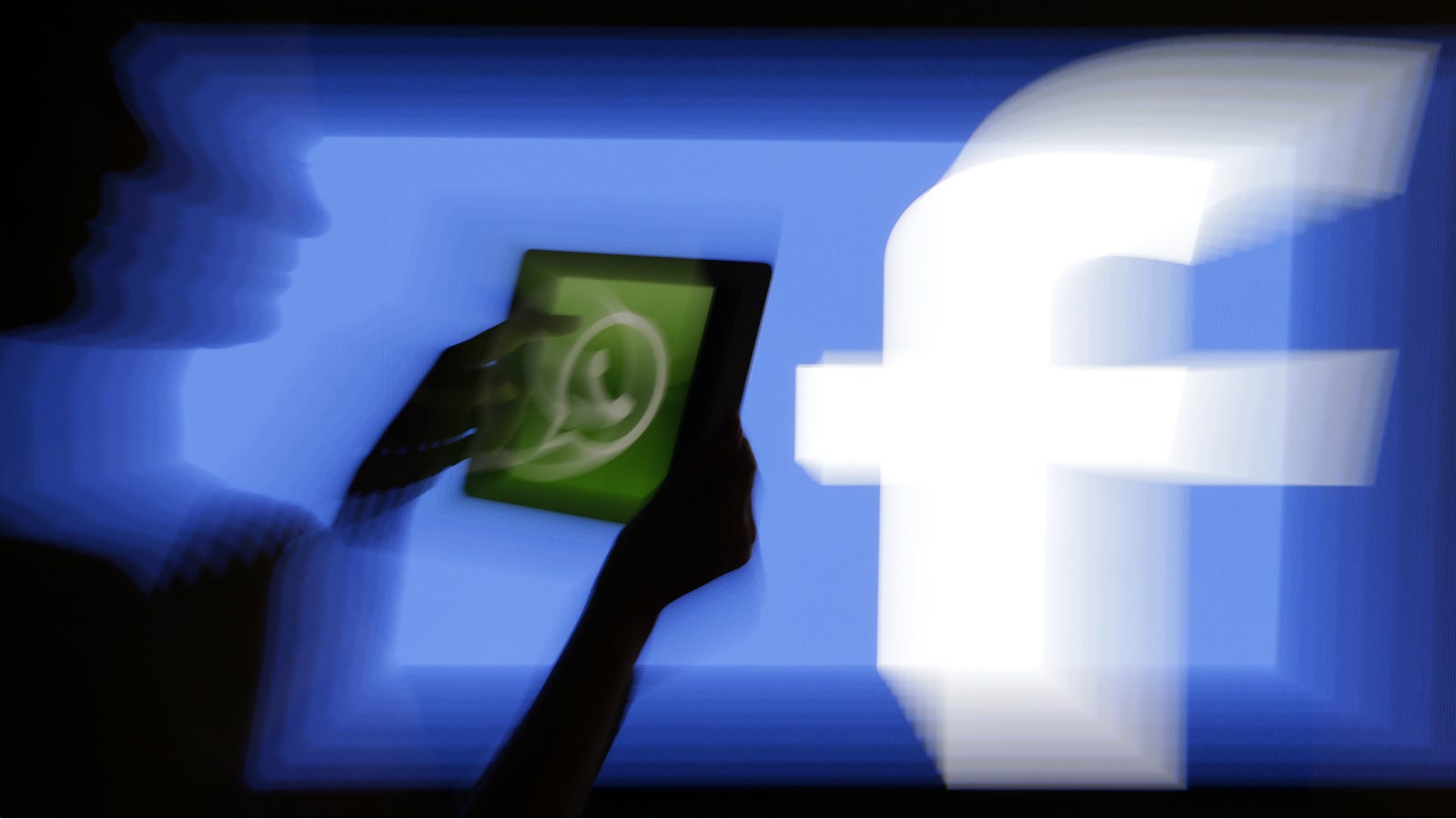India’s fake-news crisis has intensified during the 2019 elections, say fact-checkers
As India’s parliamentary election nears its end, fact-checkers report a spike in fake news circulation on social media.


As India’s parliamentary election nears its end, fact-checkers report a spike in fake news circulation on social media.
“We knew it was going to increase, and it has,” Pratik Sinha, co-founder of the fact-checking site Alt News, told Quartz. The volume, he said, is approximately 40% higher than normal levels.
Fact-checkers at sites like Alt News spend their days manning WhatsApp tip lines, verifying claims, and writing articles that debunk misinformation and disinformation.
“A couple of months ago, we were doing four (stories per day), then it went on to six, and now we’re at eight,” Karen Rebelo, deputy editor of Indian fact-checking site BOOM Live, told Quartz.
Recent trends
Rebelo and Sinha said that propagators of misinformation were seen deploying some new techniques besides the ones they have used for years.
For instance, Alt News’ fact-checkers were lately struggling with the prevalence of extremely lengthy text messages, often circulated via WhatsApp. “You can’t debunk one part of it and not the rest of it,” Sinha said. Debunking between 30 and 40 claims, sometimes shared in the form of a long list or essay, could be especially time-consuming, he added.
Many old pieces of misinformation are resurfacing, too, Rebelo said. “It’s almost like someone is sitting and going through it and sharing it again,” she said. “It makes no sense, I haven’t understood why it’s happening.”
Sinha shared an example of this: In mid April, a false story circulated claiming the Indian National Congress (INC), the primary opposition party, was using the same elderly woman in three different photo ops with its leaders. In fact, as Alt News reported, there was a different woman in each of the photos—and one of the shots was even of a Bharatiya Janata Party (BJP) politician. This same claim, Sinha said, though debunked, had mutated, and was now being shared with four photos instead of three.
Some particularly absurd stories of misinformation have also been circulated lately, including a video in which a man points to buildings in an Italian city, claiming Congress chief Rahul Gandhi had bought them with illicit funds. He was referring to some public heritage monuments in Italy.
Who’s sharing it?
Previous research, including a study by the BBC, has suggested that pro-BJP accounts share more misinformation than others. The ruling party’s digital machinery is also known to be more advanced than that of other parties.
But a change that is visible now, Sinha said, is that “there’s been an increase in non-right wing (misinformation) over time.” It has happened gradually, he said; but Alt News’ team has certainly found itself debunking more misinformation from non-BJP-friendly sources amid this election.
Sometimes, this content is shared by party leaders themselves. “Just yesterday, in fact, Divya Spandana, the INC’s social media head, tweeted a photoshopped picture of Hitler, comparing him to Modi. We did get in touch with her for a comment, and asked her why she had tweeted it, and why it was still up despite so many people pointing out that it was fake,” Rebelo said. “She was just completely nonchalant about it. If you claim to fight this cancer, then you can’t be using the same means and efforts for your party as well.”
But while Rebelo agreed with Sinha that other parties seem to be catching up with the BJP, she said misinformation favouring the ruling party still dominates. “Any country where you see this majoritarian, populist sentiment, it’s always the conservatives and always the right wing sharing more of the misinformation and disinformation,” she said. “And India is no different from that trend.”
Read Quartz’s coverage of the 2019 Indian general election here.